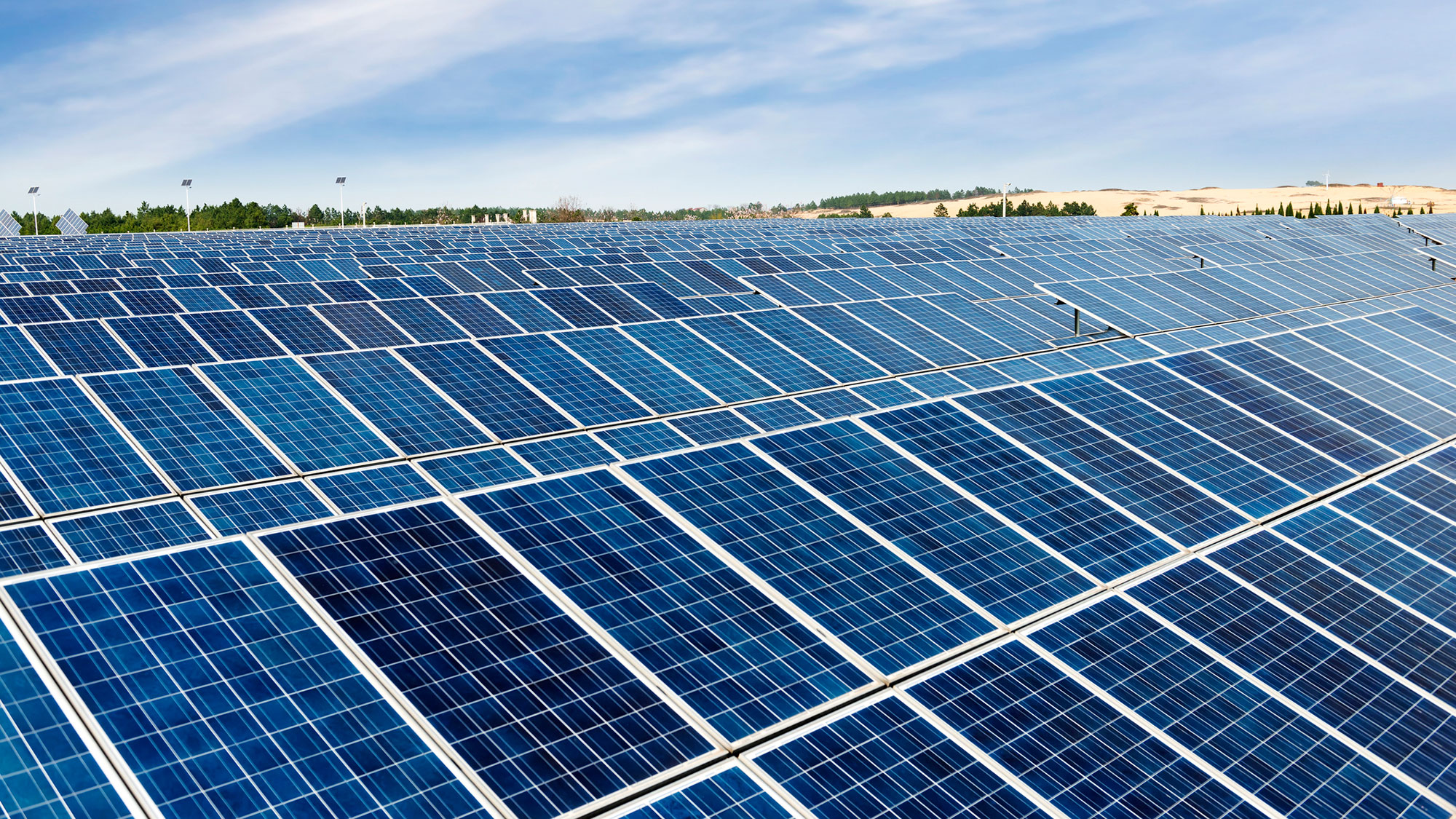
Investing in Canada’s clean future: the Clean Technology Investment Tax Credit
Authors
The Canadian federal government has been taking a number of steps to cultivate clean technology capabilities in the country. In August, it released draft legislation outlining the details of the previously announced Clean Technology Investment Tax Credit (Clean Tech ITC). The Clean Tech ITC provides up to a 30% refundable investment tax credit available in respect of the capital cost of “clean technology property” acquired by the taxpayer in the installation year.
Clean Tech ITC eligibility and requirements
Clean technology property
The Clean Tech ITC is available in respect of clean technology property that is acquired on or after March 28, 2023. In order to qualify as clean technology property, the property needs to meet certain conditions, including that it must be (i) certain types of enumerated equipment (e.g., certain equipment used to generate electricity from solar, wind and water energy) and (ii) new property situated in Canada that is intended for use exclusively in Canada.
Eligible taxpayers
The Clean Tech ITC may only be claimed by (i) taxable Canadian corporations or (ii) taxable Canadian corporations which are partners in partnerships that acquire eligible property (i.e., it cannot be claimed by non-residents, individuals or tax-exempt entities). There are specific rules that deal with clean technology property acquired by a partnership.
Applying for the Clean Tech ITC
A taxpayer will file a prescribed form with its tax return for the year in which a particular clean technology property is “acquired” (which means that the particular clean technology property is available for use). If claimed, the taxpayer will be deemed to have paid an amount of income tax for the year equal to the taxpayer’s Clean Tech ITC for the year, which allows taxpayers to receive a refund of such overpayment.
Labour Requirements
In order to receive the full 30% Clean Tech ITC, the qualifying taxpayer must file an election and meet two separate labour requirements: (i) the prevailing wage requirement and (ii) the apprenticeship requirement (collectively, the “Labour Requirements”). If the election is not filed, the taxpayer does not need to meet the Labour Requirements, but the Clean Tech ITC will be calculated at 20%, rather than 30%. The Labour Requirements only apply to “covered workers” (generally, only workers engaged in preparation or installation of the clean technology property) at a “designated work site” (generally, a designated work site is where the clean technology property is located during the year).
Under the prevailing wage requirement, each covered worker must be paid in accordance with the terms of an “eligible collective agreement” that applies to the covered worker or in an amount that is at least equal to the amount of wages and benefits as specified in the eligible collective agreement that most closely aligns with the covered worker’s experience level, tasks and location, calculated on a per-hour or similar basis. The apprenticeship requirement generally ensures that the taxpayer makes a reasonable effort to ensure that 10% of the total labour hours that would be performed by a worker in a Red Seal trade are done by registered apprentices.
The Department of Finance recently pushed back the application of the Labour Requirements, indicating that the effective date for the Labour Requirements will be the date that the enabling legislation containing the Labour Requirements “is first tabled”1.
Penalties for non-compliance
If the taxpayer claims the Clean Tech ITC at the full 30% rate and does not meet the Labour Requirements, there are certain penalties that can apply:
- A penalty equal to $20 for each day in the installation taxation year on which the covered worker was not paid the prevailing wage2.
- A penalty equal to $100 multiplied by the difference between the required hours by an apprentice and the hours actually performed by an apprentice.
- If the failure to meet the Labour Requirements was done knowingly or in circumstances amounting to gross negligence, the taxpayer can be held liable for a penalty equal to 50% of the difference between the amount of the ITC claimed and the ITC it would have been entitled to under the reduced rate ITC.
Recapture of Clean Tech ITC
If, within 20 calendar years from acquisition, the clean technology property is: (i) converted to non-clean technology use, (ii) exported from Canada, or (iii) otherwise disposed of by the taxpayer, a recapture amount can apply, which is generally added to the taxpayer’s tax liability for the year in which the disposition, conversion or export occurs.
To discuss these issues, please contact the author(s).
This publication is a general discussion of certain legal and related developments and should not be relied upon as legal advice. If you require legal advice, we would be pleased to discuss the issues in this publication with you, in the context of your particular circumstances.
For permission to republish this or any other publication, contact Janelle Weed.
© 2026 by Torys LLP.
All rights reserved.
